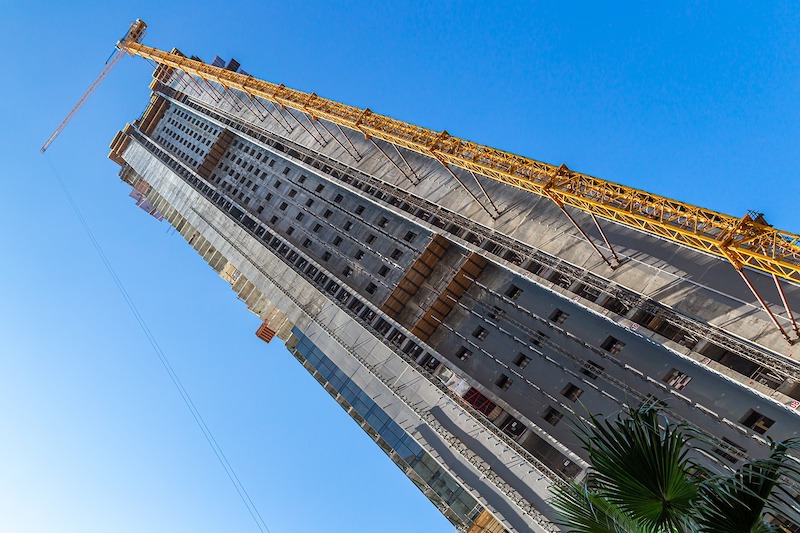Construction spending decreased 0.2 percent from November to December as declines in public and private nonresidential projects outweighed a large rise in single-family homebuilding, according to a new analysis of federal data released today by the Associated General Contractors of America. Association officials noted that its recent survey found widespread optimism about prospects for projects available to bid on in 2020 but they urged officials in Washington to follow through on announced plans for infrastructure spending increases.
“Both the actual spending totals for December and our members’ expectations for 2020 point to a positive year for all major categories of construction,” said Ken Simonson, the association’s chief economist. “Continuing job gains throughout the nation, along with low interest rates, make a good year for residential construction especially likely, while spending many nonresidential categories should match or exceed 2019 levels.”
Construction spending totaled $1.328 trillion at a seasonally adjusted annual rate in December, a decrease of 0.2 percent from November but a gain of 5.0 percent from December 2018, according to estimates the U.S. Census Bureau released today. Private residential spending increased 1.4 percent for the month, led by a 2.7 percent increase in single-family homebuilding. Private nonresidential spending declined 1.8 percent for the month and 0.1 percent compared to December 2018. Public construction spending slipped 0.4 percent from November but jumped 11.5 percent from a year earlier.
For 2019 as a whole, spending totaled $1.303 trillion, a dip of 0.3 percent from the 2018 total. Private residential spending declined 4.7 percent for the year, private nonresidential spending was flat, and public construction spending increased 7.1 percent.
The new spending data comes as the association’s 2020 Construction Outlook survey found that for each of 13 project types, more contractors expect an increase in 2020 than a decrease in the dollar value of projects they compete for. On balance, the 956 respondents were most optimistic about water and sewer construction, followed by highway and bridge projects, transportation structures (including airports, transit, rail and port facilities), schools, and hospitals.
Association officials said continued growth in highway and other transportation construction depends in part on timely action by Congress and the President to approve new infrastructure spending plans. The officials noted that the current highway and transit funding legislation expires in less than eight months, and they urged policy makers to reach agreement swiftly on how to boost funding for all types of infrastructure.
“Expanding and modernizing the transportation infrastructure is essential for continued economic health,” said Stephen E. Sandherr, the association’s chief executive officer. “That is why Congress and the Trump administration must act quickly to boost investments in all modes of transportation.”
View the 2020 Construction Outlook Survey.
Related Stories
Market Data | Jan 5, 2016
Majority of AEC firms saw growth in 2015, remain optimistic for 2016: BD+C survey
By all indications, 2015 was another solid year for U.S. architecture, engineering, and construction firms.
Market Data | Jan 5, 2016
Nonresidential construction spending falters in November
Only 4 of 16 subsectors showed gains
Market Data | Dec 15, 2015
AIA: Architecture Billings Index hits another bump
Business conditions show continued strength in South and West regions.
Market Data | Dec 7, 2015
2016 forecast: Continued growth expected for the construction industry
ABC forecasts growth in nonresidential construction spending of 7.4% in 2016 along with growth in employment and backlog.











